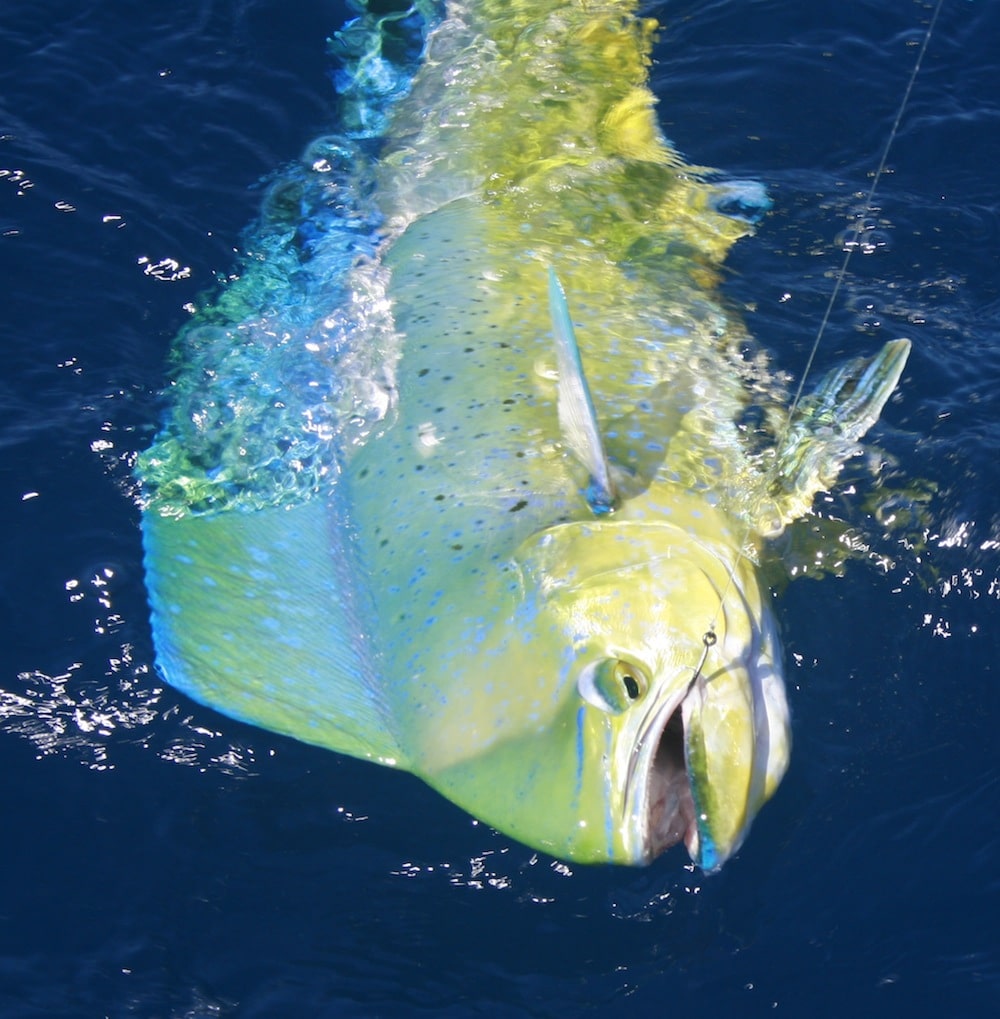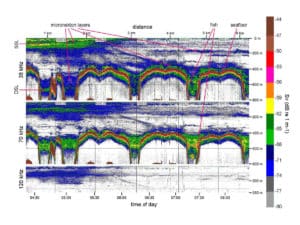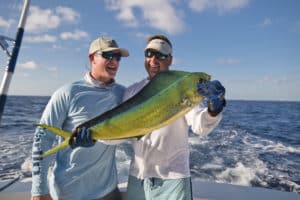
Mahi-Mahi Swim North with El Nino
A developing El Niño in the equatorial Pacific has generated the usual predictions of drastic weather changes—some devastating, some beneficial—throughout the world, according to a column by Pete Thomas on the website GrindTV.
While Thomas’s scientific sources indicate there’s a 90 percent probability that an El Niño is already occurring, the main question at this point is whether it will be a moderate El Niño or, more likely, a powerful warm-water event such as those in the early 1980s and late ’90s.
“The extent of El Niño’s strength won’t be known until late summer or fall,” Thomas writes. “But based on several interesting signals, in the form of mammals, birds, and fish showing up where they don’t typically belong, it’s looking as though this El Niño is going to be a very powerful event.”
Anglers out of San Diego, on short excursions into Mexican Pacific Coast waters, began catching yellowfin tuna in May, according to Thomas. This sub-tropical species typically doesn’t show that far north until late summer, if at all.
“We’ve already started to see very unusual fish catches here,” says Tim Barnett, marine research emeritus with the San Diego-based Scripps Institution of Oceanography. “The first yellowfin tuna was caught in May—that has never happened before to anybody’s recollection.
“And the other thing too is the first dorado (mahi-mahi)—first of June. That has never happened before. They really like the warm water and you normally don’t see them here until September,” Barnett says in the report.
Mark Rayor, who runs Jen-Wren Sportfishing in the Sea of Cortez, in Baja California’s East Cape region, said sardines and other types of bait fish are largely absent, according to Thomas’s report.
An El Niño certainly appears to be rolling northward, and while it disturbs resident species, it also brings offshore exotics like mahi-mahi, tuna and billfish. And for this reason, Pacific Coast anglers are looking forward to welcoming it with sore arms.






